The best cycling electrolyte drinks are intended to hydrate you by replacing the fluid and salt you lose in your sweat.
Whether you're riding in the blazing heat or in the depths of winter, it's generally recommended to mix up some cycling electrolyte powder in your water bottles.
Because their primary function is hydration, electrolyte drinks for cycling usually contain few carbohydrates. You'll also need to consume the best energy bars and energy gels for fuel.
The market for hydration products is vast, making it hard to find the best cycling electrolytes. So we've helped you find the best electrolyte drink for you by testing eight powders and tablets.
After reading the reviews, you can check out our buyer's guide to electrolyte drinks for cycling.
Best electrolyte drinks for cycling
Torq Hydration Drink Red Berries

- Pros: Excellent taste; good ratio of electrolytes; all-natural ingredients
- Cons: None
- £0.83 per serving
- 275mg sodium per serving
The Torq Hydration Drink is a medium-strength electrolyte powder with a modest amount of carbohydrates (16g per 500ml serving).
Most electrolyte mixes don’t contain carbs. However, several studies support Torq’s claim that a glucose-fructose solution of this concentration aids absorption of sodium and water.
Containing 275g of sodium, 481mg of chloride, 63mg of potassium, 26mg of calcium and 6mg of magnesium, the Hydration Drink is formulated sensibly. An 18g serving scoop in 500ml of water should replenish medium sweat losses.
The tart taste of the Red Berries flavour is another strong point. It makes the Torq Hydration Drink more refreshing than sweeter alternatives. The powder mixes well in water.
Its drinkability and scientific formulation go a long way to justifying its higher cost per serving than most rival electrolytes.
Torq says the Hydration Drink is free from artificial ingredients and is tested for banned substances.
Kinetica Electro-C
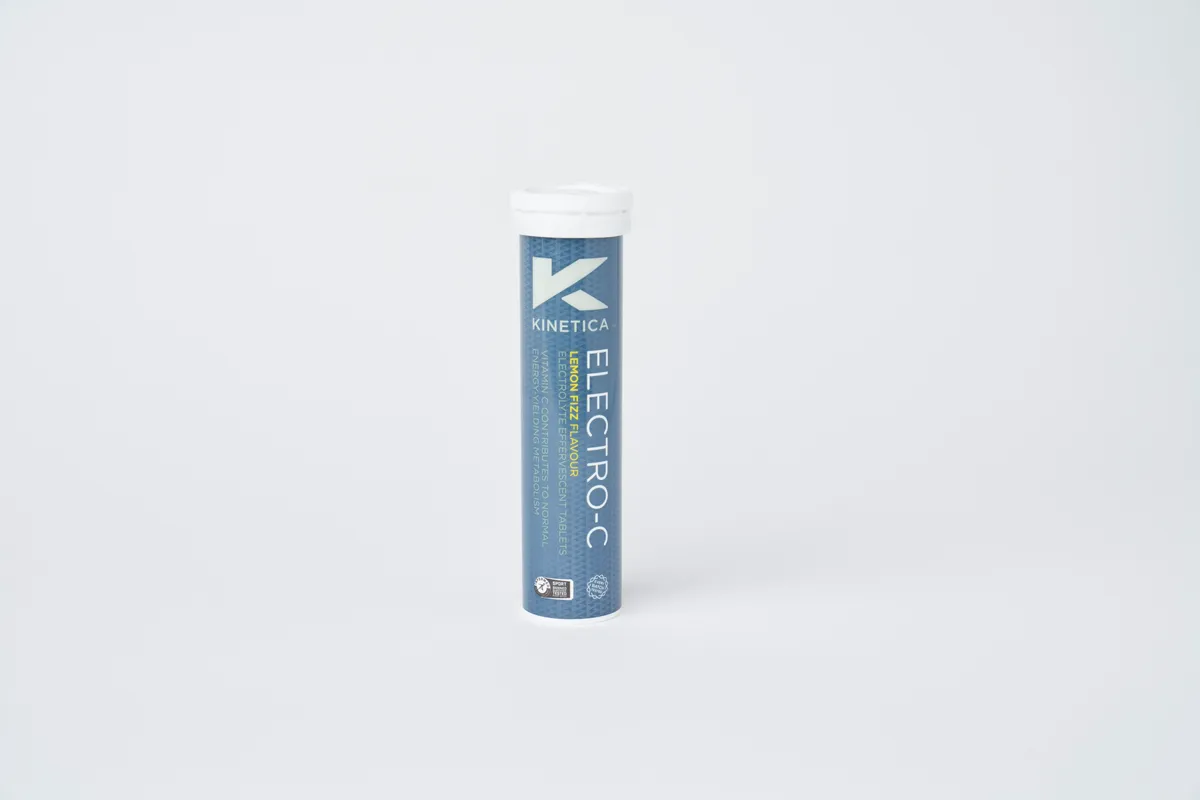
- Pros: Good electrolyte composition; great taste; reasonably priced
- Cons: Only available in single tub or 12-pack
- £0.34 per serving
- 250mg sodium per serving
The Kinetica Electro-C are medium-strength, tasty and cost-effective electrolyte tablets.
With 250mg of sodium, 50mg of potassium, 50mg of calcium and 75mg of magnesium per tablet serving, the Electro-C will compensate for average salt losses in moderate temperatures.
Kinetica says it adds 80mg of vitamin C (100 per cent of your recommended daily intake) to help maintain energy metabolism, as scientific evidence backs up.
The Kinetica Electro-C tablets have a great zingy taste in the Lemon Fizz flavour we tested.
In a 500ml bottle of water, the electrolyte tablets dissolve well.
In a 12-pack costing £59, the Electro-C undercuts most electrolytes on price. The price per serving in a single tub is also competitive.
Kinetica says Electro-C is Informed Sport certified.
Precision Fuel and Hydration PH 500

- Pros: Ideal mix of electrolytes; very palatable; Informed Sport certification
- Cons: Above-average pricing
- £0.59 per serving
- 250mg sodium per serving
The Precision Fuel and Hydration PH 500 tablets are a good option to replace low-to-medium salt losses from sweat.
One tablet provides 250mg of sodium, 24mg of calcium, 12mg of magnesium and 125mg of potassium. The brand says you could drink two tablets an hour for 500mg sodium if required.
Precision Fuel and Hydration PH 500 is one of the more expensive cycling electrolyte tablets. However, its proportion of minerals better reflects the contents of most people’s sweat than products with higher amounts of magnesium and potassium, according to scientific research.
The citrus flavour tastes like slightly salty, dilute lemon juice. We like how this contrasts with the sweet taste of other energy products you may consume simultaneously.
The Precision Fuel and Hydration PH 500 tablets dissolve well in soft water. They come with Informed Sport certification.
We also got on well with the stronger electrolyte products in Precision Fuel and Hydration’s range.
Styrkr SLT07 500mg Hydration Tablets

- Pros: High sodium content; easy to half dose; refreshing taste
- Cons: Pricier than most
- £0.84 per serving
- 500mg sodium per serving
The SLT07 500mg Hydration Tablets are Styrkr’s standard-strength electrolytes, but contain twice as much sodium per serving (500mg) as most competitors.
Styrkr says the SLT07 Hydration Tablets’ electrolyte mix – which also includes 100mg of potassium, 25mg of magnesium and 15mg of calcium – replicates the proportions in the average person’s sweat.
Since they’re designed for fairly sweaty work, you can split the SLT07 Hydration Tablets in two if you’re working less hard. A 250mg dose of sodium should suffice for a lower volume of less salty sweat.
The citrus flavour is spot-on for an electrolyte drink: fairly sharp and not too sweet. The effervescent tablets dissolve swiftly in water.
Considering a tablet is two times as strong as most other electrolytes on test, the SLT07 Hydration Tablets are good value. An even stronger tablet is available too.
Styrkr says the SLT07 Hydration Tablets are batch tested for banned substances.
Named Sport HydraFit Zero
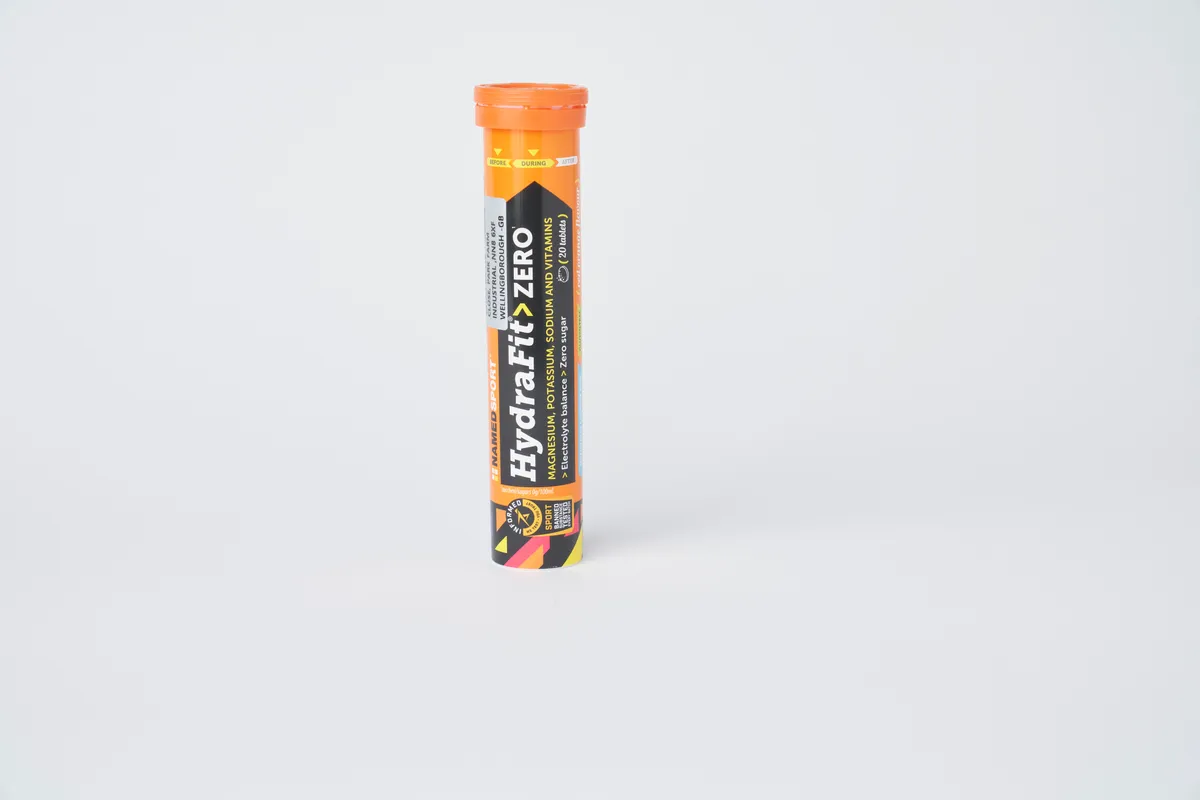
- Pros: Generous sodium dose; added vitamins; pleasant flavour
- Cons: Potassium and magnesium might be unnecessarily high
- £0.40 per serving
- 330mg sodium per serving
The Named Sport HydraFit Zero tablets combine the key electrolytes in medium concentrations with vitamin B, which plays a role in energy metabolism.
A one-tablet serving contains 330mg of sodium, 149mg of calcium, 100mg of potassium and 48mg of magnesium.
The sodium and calcium content should compensate for salt losses from moderate sweating.
The potassium and magnesium dosage is also relatively high. We sweat out very little of these minerals. But research indicates most adults are deficient in them and that they maintain muscle health, as Named Sport claims.
Thanks to the potential performance benefits of its ingredients, HydraFit Zero is arguably better value than similarly priced competitors, such as OTE.
The zesty orange flavour isn’t too sweet or sharp, and makes HydraFit Zero pleasant to drink. The tablets fizz up quickly in a bottle of soft water.
Named Sport says HydraFit Zero is Informed Sport certified.
OTE Orange Hydro Tabs

- Pros: Medium strength; decent taste and value; added vitamin C
- Cons: Less sodium than some rivals
- £0.40 per serving
- 260mg sodium per serving
The OTE Orange Hydro Tabs are a decent choice if you’re not going to perspire heavily.
One tablet contains the most important minerals, including sodium (260mg), calcium (30mg), potassium (22mg) and magnesium (7mg).
Considering the electrolyte concentration, the OTE Hydro Tabs represent fair value for money.
In addition, each tablet provides about a fifth of your recommended daily intake of vitamin B, which helps you create red blood cells and produce energy from food.
The Orange Hydro Tabs contain minimal sugar and OTE sweetens them with natural flavourings and steviol.
They taste like slightly sharp orange juice, a refreshing flavour I found stimulated my thirst thanks to its salty hint. The tablets dissolved rapidly.
High5 Zero
- Pros: Strong flavour; good value; average sodium content
- Cons: Less salty than some competitors
- £0.40 per serving
- 250mg sodium per serving
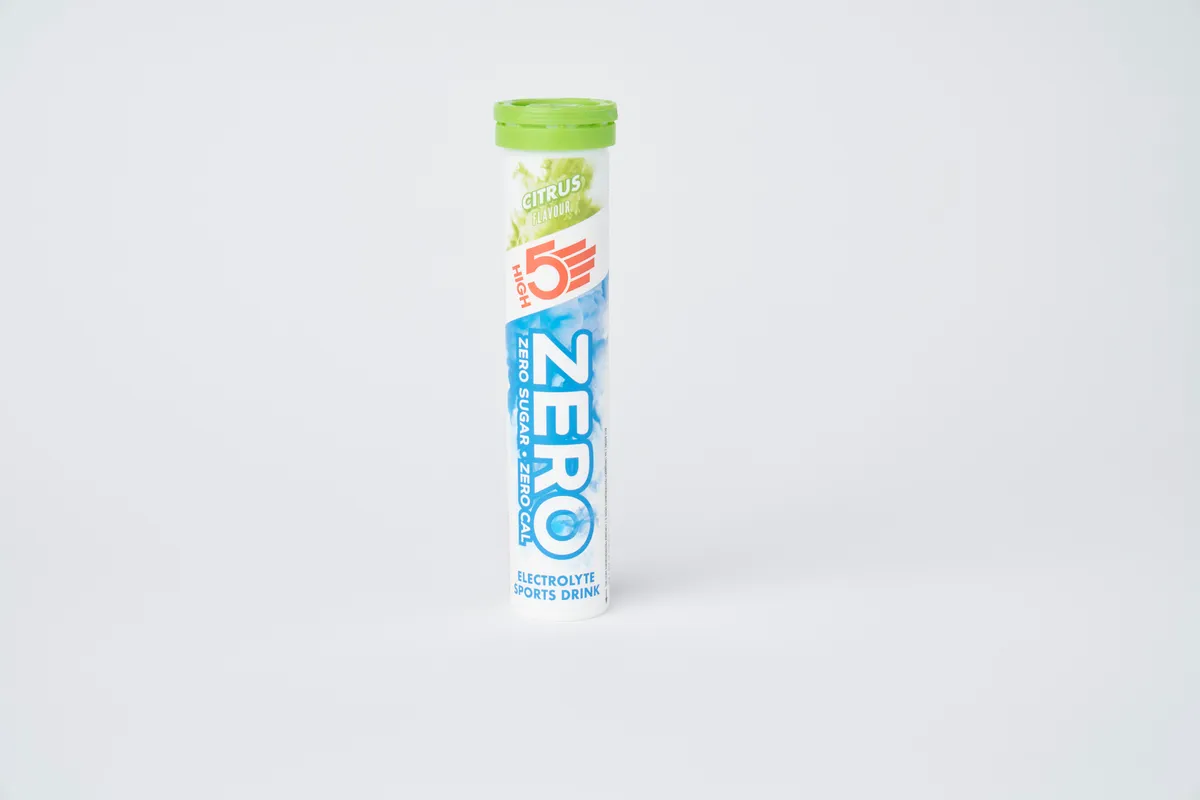
The High5 Zero electrolyte tablets replenish typical sweat losses from cycling when it’s not too hot.
A one-tablet serving of the medium-strength mix contains sensible quantities of the necessary salts: 250mg of sodium, 70mg of potassium, 56mg of magnesium and 9mg of calcium.
A tablet also includes a third of your recommended daily intake of vitamin C to support immunity. High5 says the Zero tablets are batch-tested for banned substances.
The slightly sharp citrus flavour is among the best of the electrolytes we tested. It’s readily drinkable and stimulates thirst, which is ideal for an electrolyte tab.
The price per serving is one of the lowest on the market. This makes the value for money equivalent to OTE but better than SiS, thanks to the superior taste.
Also consider…
The following electrolytes scored fewer than four out of five stars, but are still worth considering if they meet your needs.
SiS Go Hydro

- Pros: Competitive price
- Cons: Sweet taste; no break-down of electrolytes on label
- £0.40 per serving
- Unspecified sodium content
The SiS Go Hydro tablets have a moderate concentration of electrolytes, so are best suited to mild days and lighter sweaters.
A total of 850mg of salt comes from the main minerals you lose in sweat: sodium, calcium, potassium and magnesium. Unhelpfully, SiS doesn’t specify the individual quantities of the electrolytes online or on the tube.
Although the Go Hydro tablets are calorie-free, a mixture of natural flavourings and sweetener make the lemon flavour quite sweet.
If you’re drinking it along with a sugary energy drink, the combination may become overpowering. Washed down with plain water, though, the juicy taste was more palatable.
The tablets dissolved rapidly in water.
Costing £8 for a tube of 20 tablets, the value of the Go Hydro is competitive with the likes of OTE and High5.
SiS says the Go Hydro tablets are Informed Sport approved.
How we tested electrolyte drinks
As BikeRadar’s main fitness, health and nutrition writer, Jack Evans has tested energy drinks and gels, and participated in a ground-breaking sodium bicarbonate trial.
Jack is also a keen amateur athlete, finishing in the top 100 of the UK national hill climb championship twice. Fuelling his own training has deepened his understanding of cycling nutrition.
He’s supplemented his own experience by asking sports science experts what you need in an electrolyte drink.
Since their key ingredient is sodium, Jack looked for drinks containing about 250mg of sodium per serving. He marked down brands that didn’t make this number clear on their packaging.
Jack didn’t credit drinks for containing significant amounts of less important electrolytes, such as potassium and magnesium. Carbohydrates aren’t an important part of cycling electrolytes either.
Next up was taste. This, of course, is personal. But Jack rated the product higher if he found them drinkable in warm conditions. After all, hydration is the primary function of an electrolyte drink.
Jack also considered the value, by working out the price per serving. He marked up brands which test for banned substances and naturally flavour their electrolytes.
Jack then tried each electrolyte drink on multiple rides of varying duration and intensity, and in the cold and heat.
Our reviews are always editorially independent.
Buyer's guide to cycling electrolytes
What are electrolytes and what do they do?

Electrolytes are charged ions carried in the bloodstream. They are responsible for vital bodily functions including maintenance of pH balance and nerve control.
As we sweat, we lose water and electrolytes – such as sodium, calcium, potassium and magnesium – from our blood plasma.
Sodium is the most important electrolyte for cyclists because it can help you stay hydrated on a bike ride.
“Sodium regulates our fluid balance, helps with fluid absorption and causes a sensation of thirst,” says Dr Nidia Rodriguez-Sanchez, who has a PhD in hydration physiology.
Andy Blow, the CEO of Precision Fuel and Hydration, says: “The electrolyte you lose the most of by far is sodium.”
As a result, the best electrolyte drinks will principally contain sodium, usually in the form of sodium chloride.
Do you need electrolytes?

Hydration experts agree that replacing some sodium during exercise through electrolyte drinks is beneficial.
Blow says: “When you’re riding for hours on end, particularly in the heat, electrolyte replacement becomes increasingly important.”
This is because your sodium intake needs to reflect your fluid intake, which should increase as you sweat.
“If you don’t replace an adequate amount of sodium, you dilute your blood by dropping the sodium levels and not managing to keep up blood volume,” he adds.
“So that’s the primary rationale for replacing sodium.”
Significant sodium loss can also cause hyponatremia, where the ratio of sodium to water in your blood drops excessively low. This can cause muscle damage, seizure or even coma.
Some experts believe sodium depletion can increase your risk of cramping on a bike ride. Therefore, electrolyte drinks are recommended for people who cramp frequently.
What is in an electrolyte drink?
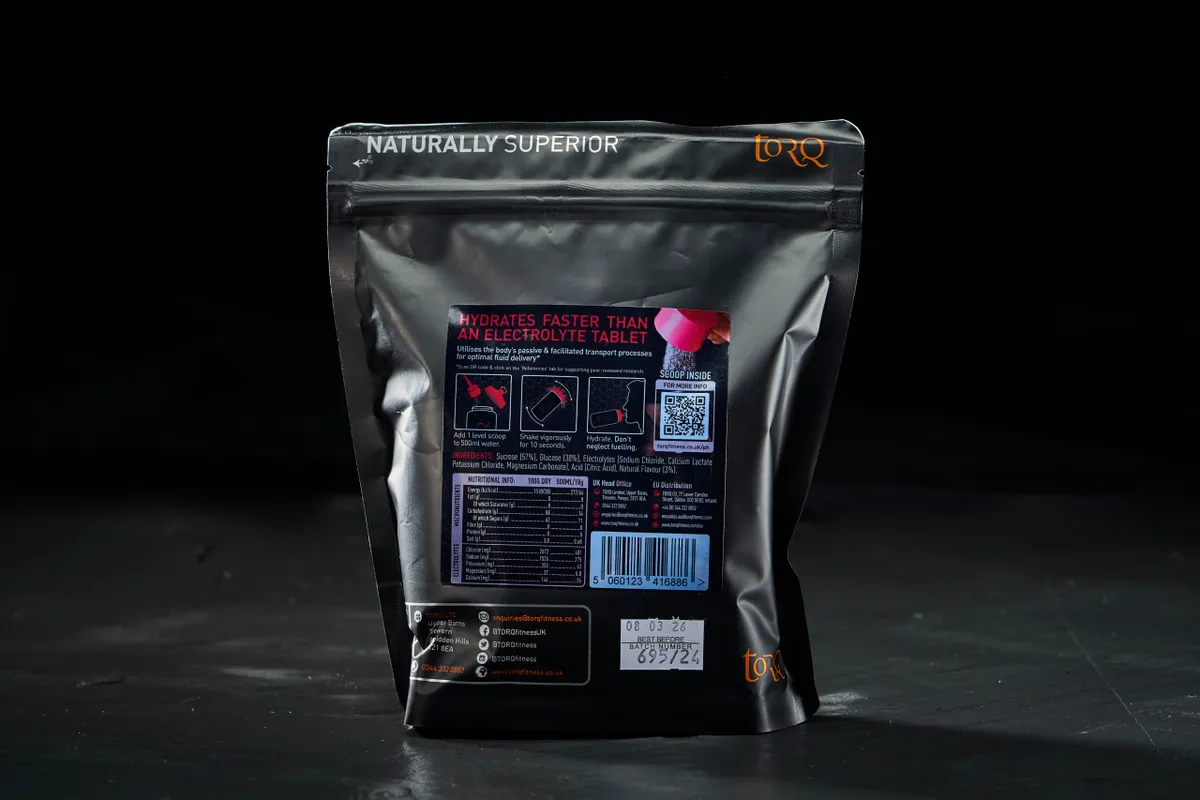
Aside from sodium, the other electrolytes we sweat out are less important to replace, despite what some electrolyte drink makers claim.
“Most drinks are really high in electrolytes like magnesium, which is not lost in sweat, or if it is, in really tiny amounts,” says Dr Tim Podlogar, from the University of Birmingham.
“So the electrolyte composition is most of the time not ideal.”
Therefore, when looking for the best electrolyte drink for you, don’t prioritise high levels of potassium or magnesium.
Although you will lose some of these minerals in sweat, Dr Rodriguez-Sanchez says: “We will replace them through our diet in the next meal.”
When should you drink electrolytes?
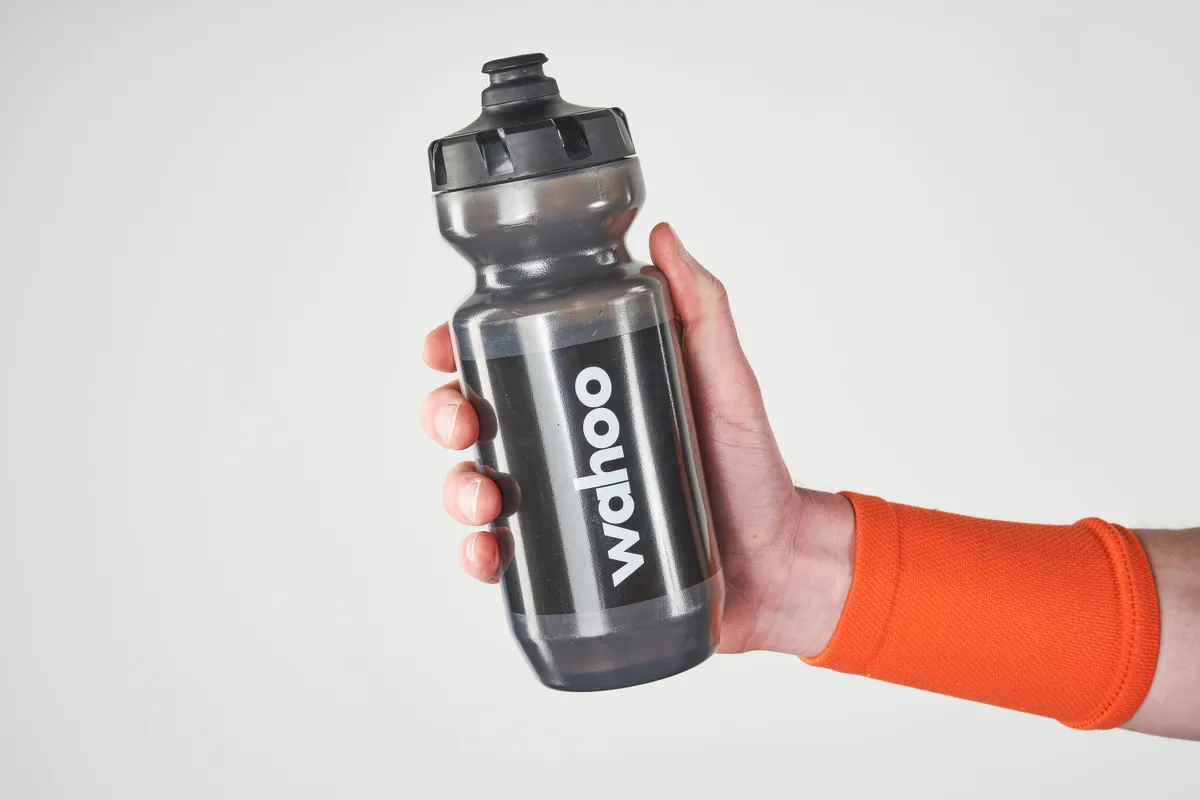
The best electrolyte drinks should help you stay hydrated on long, hot days, but you might not need any electrolytes on shorter rides in cool conditions.
Blow says: “When you’re doing a couple of hours, your electrolyte requirements are not usually super high.
“You don’t lose enough within that period to cause you problems.”
Dr Podlogar agrees, adding: “For rides shorter than four hours, there is no evidence you need to supplement with additional electrolytes.”
But the nutritionist at Red Bull-Bora-Hansgrohe WorldTour team recommends drinking electrolytes while cycling in winter.
“In the winter, electrolytes are equally as important [as in summer],” he says.
“Although sweat rates are low or non-existent, riders can experience the need to pee quite a lot in the first hour of a ride.”
Colder temperatures can cause blood vessels to constrict under the skin, prompting the body to remove water through urine.
Dr Podlogar adds: “Electrolytes help you retain the fluid and so you have to pee less often.”
How many electrolytes do you need?
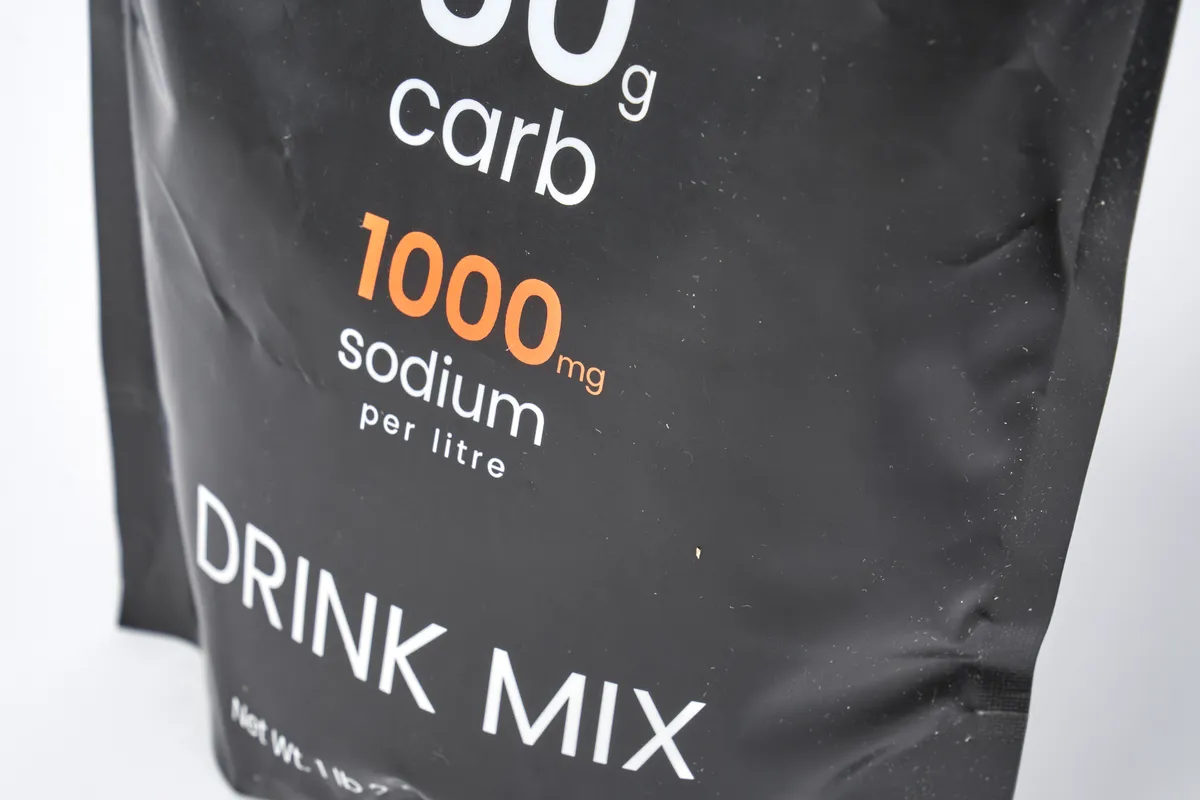
While cycling, commercially available electrolyte powders and tablets are the most convenient way to replace electrolytes.
They also contain different amounts of sodium, helping you find one that replaces the right amount of sodium for you.
“As long as we are receiving around 110 milligrams per portion, that's fine,” says Dr Rodriguez-Sanchez, a lecturer in physiology and nutrition at the University of Stirling.
Standard-strength electrolyte drinks contain about 250mg of sodium per 500ml serving, so that’s more than enough for most people.
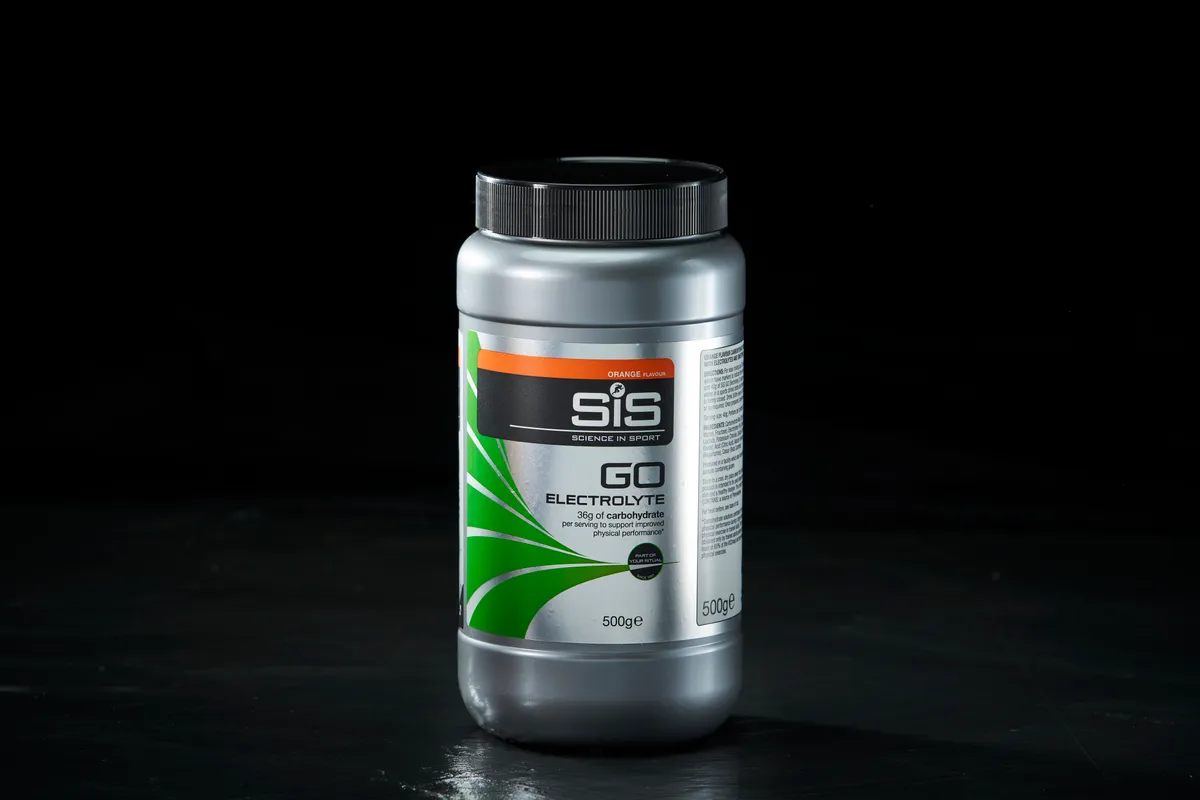
Some of the best energy drinks also contain electrolytes. If you’re quite a light sweater or don’t ride much in the heat, these could work for you.
Heavy sweaters might want a stronger dose of sodium though.
“If we feel we’re losing a lot of sodium, then 500mg or a gram of sodium [per litre] is absolutely fine,” adds Dr Rodriguez-Sanchez.
“Even if we are losing larger amounts of sodium, we don’t need to replace it all during the ride.”
In its range, Precision Fuel and Hydration makes some even stronger electrolytes: its PH 1500 contains 1,500mg of sodium per litre.

These are worth experimenting with if your sodium loss rate is high, you’re planning on cycling in the heat for a long time and you’re cramp-prone.
Sweat rates are highly individual and are influenced by factors such as gender and diet. A sweat test (costing about £120) will reveal how many electrolytes you lose in a litre of sweat.
After sweating a lot, you should also increase your sodium intake through food.
Dr Rodriguez-Sanchez says: “The recommendation is to recover what was lost through sweating in the meal after the training or the competition by adding some soy sauce or salt to your food.”
